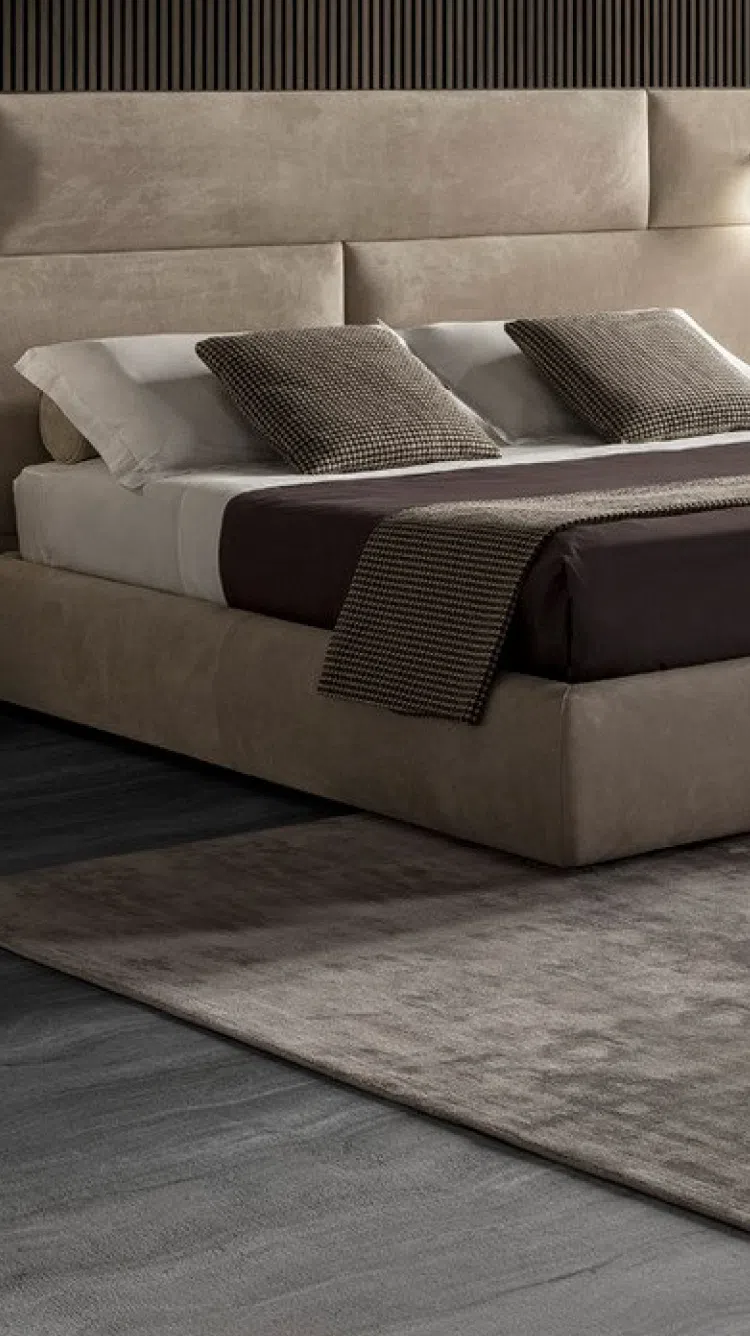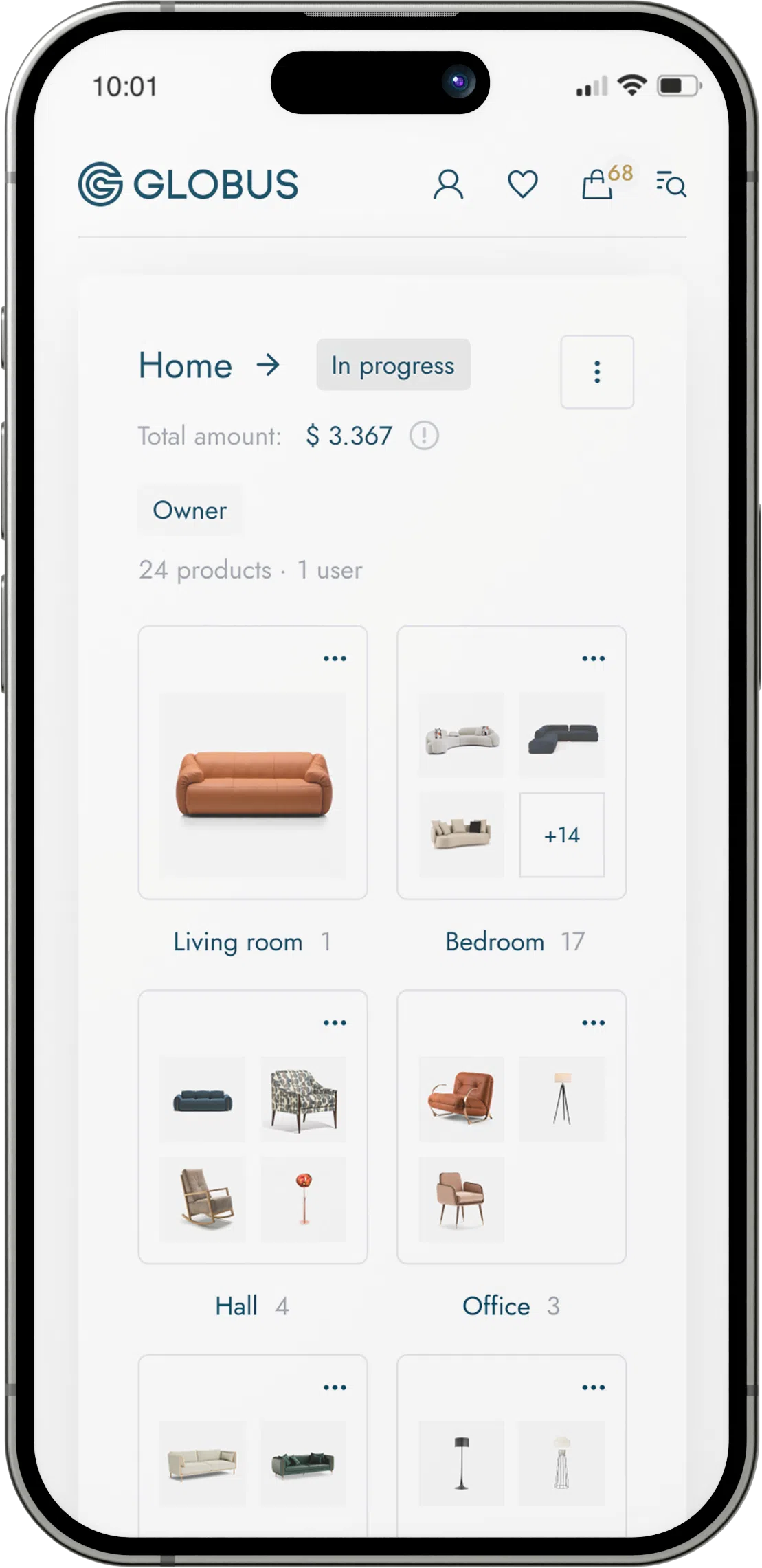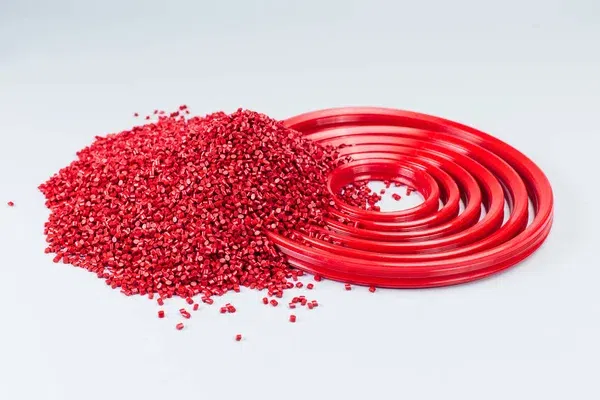Polyurethane (PU) is a versatile synthetic polymer material commonly used in the furniture industry for a variety of applications. Derived from a chemical reaction between a polyol and an isocyanate, polyurethane can be formulated in different ways to produce a range of materials, from rigid and flexible foams to coatings, adhesives, and elastomers. Here are some key attributes and uses of polyurethane in the context of furniture:
Foam Cushioning: Polyurethane foam is extensively used in the manufacture of furniture cushioning. It can be made with varying densities and firmness levels, offering options for comfort preferences in seating applications such as sofas, chairs, and mattresses. High-resilience (HR) foam is a higher-quality, more durable form of polyurethane foam often used in premium furniture pieces.
Durability: Polyurethane materials are known for their longevity and resistance to wear and tear. This makes them ideal for use in furniture that will be subjected to regular use and that needs to maintain its shape and comfort over time.
Versatility: The properties of polyurethane can be tailored during the manufacturing process to suit a wide range of applications, from soft, flexible foams to hard, sturdy plastics. This makes it suitable for use in both structural components and upholstery.
Water and Stain Resistance: Some polyurethane materials are designed to resist moisture and stains, which can be particularly useful for outdoor furniture or dining furniture where spills are more likely.
Maintenance: Furniture made with polyurethane coverings or coatings is easy to maintain. It can usually be wiped clean with a damp cloth, making it convenient for high-traffic areas and environments with children or pets.
Aesthetics: Polyurethane coatings and finishes can enhance the aesthetic appeal of furniture. They can provide high-gloss, satin, or matte finishes that are pleasing to the eye and touch.
Imitation Leather: Polyurethane is also used to create faux leather materials, also known as PU leather. This is a more affordable and animal-friendly alternative to genuine leather that can be used in upholstery and has gained popularity due to its ability to mimic the look and feel of real leather.
Sustainability: While traditional polyurethane is not considered environmentally friendly due to its reliance on fossil fuels and challenges in disposal, advancements are being made in the development of bio-based polyurethanes and recycling processes to improve its sustainability profile.
Moldability: Polyurethane can be molded into intricate shapes and patterns, which is useful for producing decorative elements or ergonomic designs in furniture manufacturing.
Thermal and Acoustic Insulation: Due to its cellular structure, polyurethane foam has good insulation properties, making it useful for applications where thermal or acoustic insulation is desired.
In conclusion, polyurethane's versatility and range of properties make it an important material in the furniture industry, serving various functions from structural to aesthetic. However, it is important to balance its use with considerations about lifetime, environmental impact, and methods of disposal or recycling.



